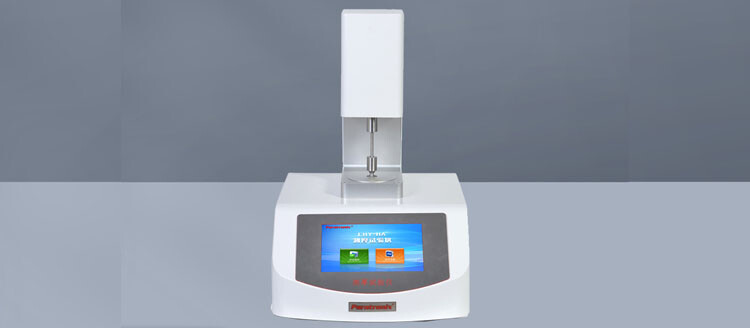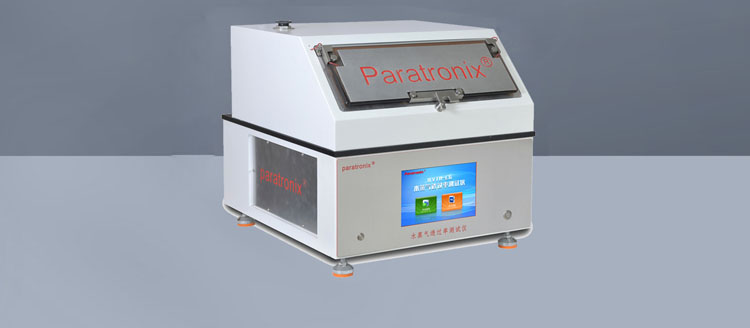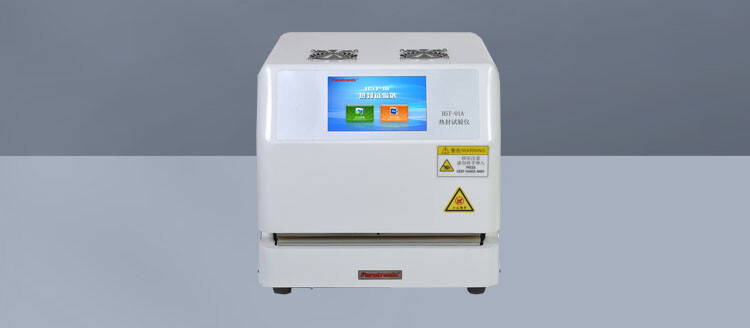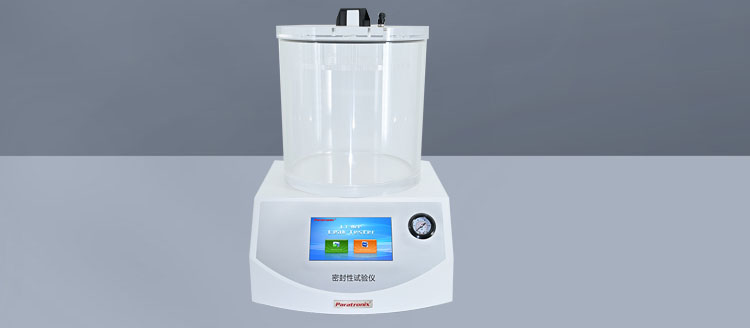Recent Posts
 Maintenance methods for thin film thickness detection instruments2025-12-15
Maintenance methods for thin film thickness detection instruments2025-12-15 Method for detecting the opening tension of food chain self sealing bags2025-12-03
Method for detecting the opening tension of food chain self sealing bags2025-12-03 Packaging industry testing instrument - moisture permeability tester2025-11-26
Packaging industry testing instrument - moisture permeability tester2025-11-26 What testing instruments are used for testing the heat sealing performance of thin films?2025-11-20
What testing instruments are used for testing the heat sealing performance of thin films?2025-11-20 Precautions for using negative pressure seal detector2025-11-10
Precautions for using negative pressure seal detector2025-11-10
The friction coefficient test of biscuit packaging plastic composite film mainly includes the testing of static friction coefficient and dynamic friction coefficient. The Paratronix friction coefficient tester PCF-03 consists of a motor, transmission system, force sensor, testing platform, etc., which can accurately measure friction force and has data display and recording functions.
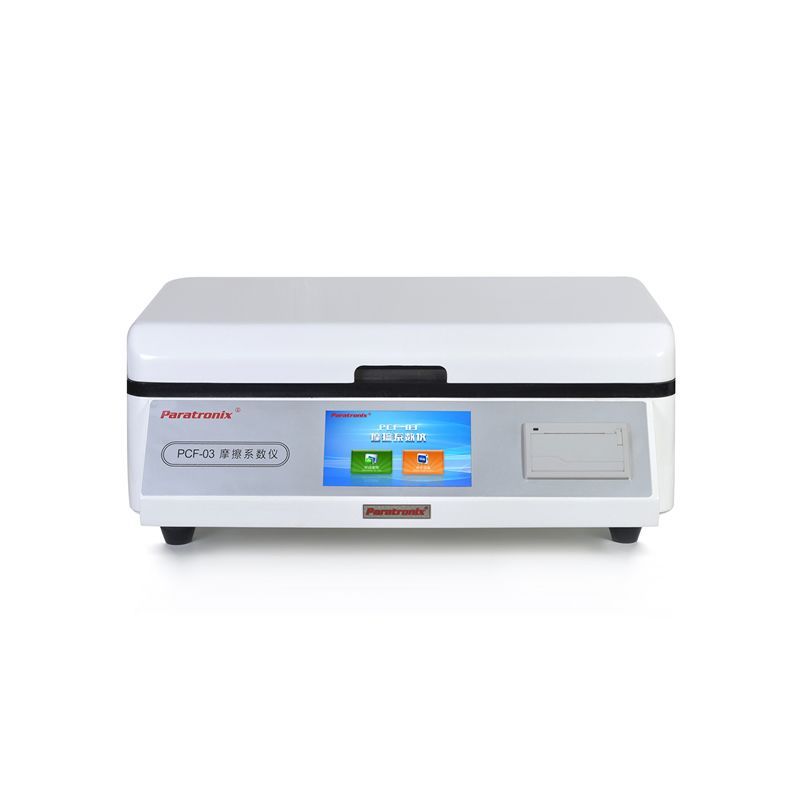
Friction coefficient tester PCF-03 testing principle
Fix two plastic composite film samples on the moving plate and fixed plate of the friction coefficient meter respectively, so that the test surfaces of the two samples are in contact with each other. When the moving plate moves at a certain speed under the drive of the motor, friction force is generated. The magnitude of the friction force is measured by a force sensor, and the friction coefficient is calculated according to the formula.
Friction coefficient tester PCF-03 testing steps
1. Sample preparation: Cut several samples from the plastic composite film roll of biscuit packaging along the machine direction and perpendicular to the machine direction, and take at least 5 samples in each direction. Use Paratronix sample cutter: used to cut plastic composite film into specified size samples.
Wipe the surface of the sample with a clean soft cloth to remove dust, oil stains, and other impurities, ensuring that the surface of the sample is clean.
2. Installing the specimen: On the fixed plate of the friction coefficient meter, fix a piece of specimen with double-sided tape or a special fixture, so that the test surface of the specimen faces upwards and the long side of the specimen is parallel to the long side of the fixed plate. Fix another specimen on the moving plate, with the test surface facing upwards and corresponding to the test surface of the specimen on the fixed plate. The edges of the two specimens should be aligned.
3. Apply pressure: Place the standard pressure block on the sample on the moving plate, so that the pressure block evenly covers the sample, and apply the specified pressure to the sample, generally 20kPa ± 0.2kPa.
4. Parameter setting: On the operation panel of the friction coefficient meter, set parameters such as test speed and test stroke. The usual testing speed is 100mm/min ± 10mm/min, and the testing stroke is 100mm.
5. Start the test: Start the friction coefficient meter, and the moving plate moves forward at the set speed under the drive of the motor. The force sensor measures and records the changes in friction force during the movement of the moving plate in real time. When the moving plate reaches the set test stroke, the instrument automatically stops the test and displays the measured values of static friction and dynamic friction.
6. Repeat testing: Following the above steps, test other samples in the same direction at least 5 times in each direction to ensure the accuracy and reliability of the test results.
Leave A Reply
Search by Keywords

